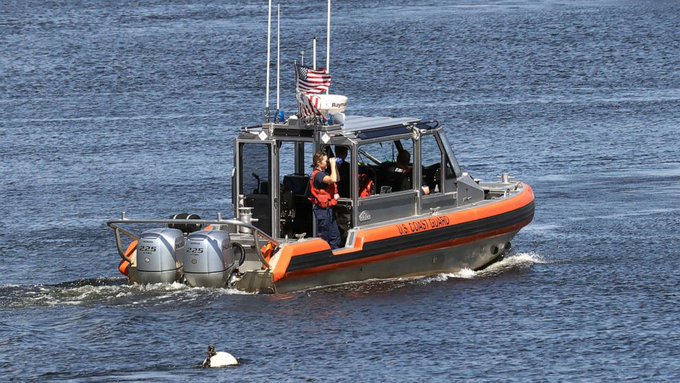Rescue efforts intensify as the clock ticks down on an oxygen supply of missing submersible, plunging the search into a state of desperation. Additional ships and vessels have been mobilized to the disappearance site. Aided by underwater sounds detected for the second consecutive day, providing hope for the urgent international mission. However, the vessel named Titan, which embarked on its journey to the Titanic wreckage site on Sunday morning, had only a four-day oxygen reserve.
While some remain cautiously optimistic, numerous obstacles loom ahead. These hurdles encompass locating the submersible, reaching it with rescue equipment, and safely bringing it to the surface, assuming it remains intact. All these tasks must be accomplished before the passengers’ oxygen supply depletes.
The search area spans an expanse twice the size of Connecticut, with depths reaching up to 13,200 feet (4,020 meters). Captain Jamie Frederick of the First Coast Guard District emphasized the mission’s primary objective is a search-and-rescue operation. Maintaining hope for the five individuals aboard the Titan.
Compounding the challenges are the treacherous conditions of the North Atlantic region where the vessel disappeared. Fog and stormy weather are frequent in this area. Further complicating the search-and-rescue efforts. According to oceanographer Donald Murphy, the former chief scientist of the Coast Guard’s International Ice Patrol.
Determining the Source: Unraveling the Origin of Detected Sounds
In a recent development, allegations have emerged suggesting significant safety warnings were issued during the submersible’s development phase. These revelations raise concerns about the vessel’s structural integrity.
While the detected sounds offer a glimmer of hope and potential for narrowing down the search. Their exact origin and location have yet to be determined. Captain Carl Hartsfield, retired Navy officer and director of the Woods Hole Oceanographic Systems Laboratory. Cautioned that the search teams must carefully assess and eliminate other potential manmade sources aside from the Titan.
Encouragingly, the reported banging noises align with established protocols for submarine crews who resort to striking their submersible’s hull to generate sonar signals when unable to communicate with the surface.
In a statement, the U.S. Navy announced the deployment of a specialized salvage system capable of hoisting heavy undersea objects, emphasizing its suitability for extracting the missing submersible or any other sizable debris.
As the search-and-rescue mission enters a critical phase, hopes remain high for a successful outcome while time continues to dwindle for the stranded passengers and their limited oxygen supply.
